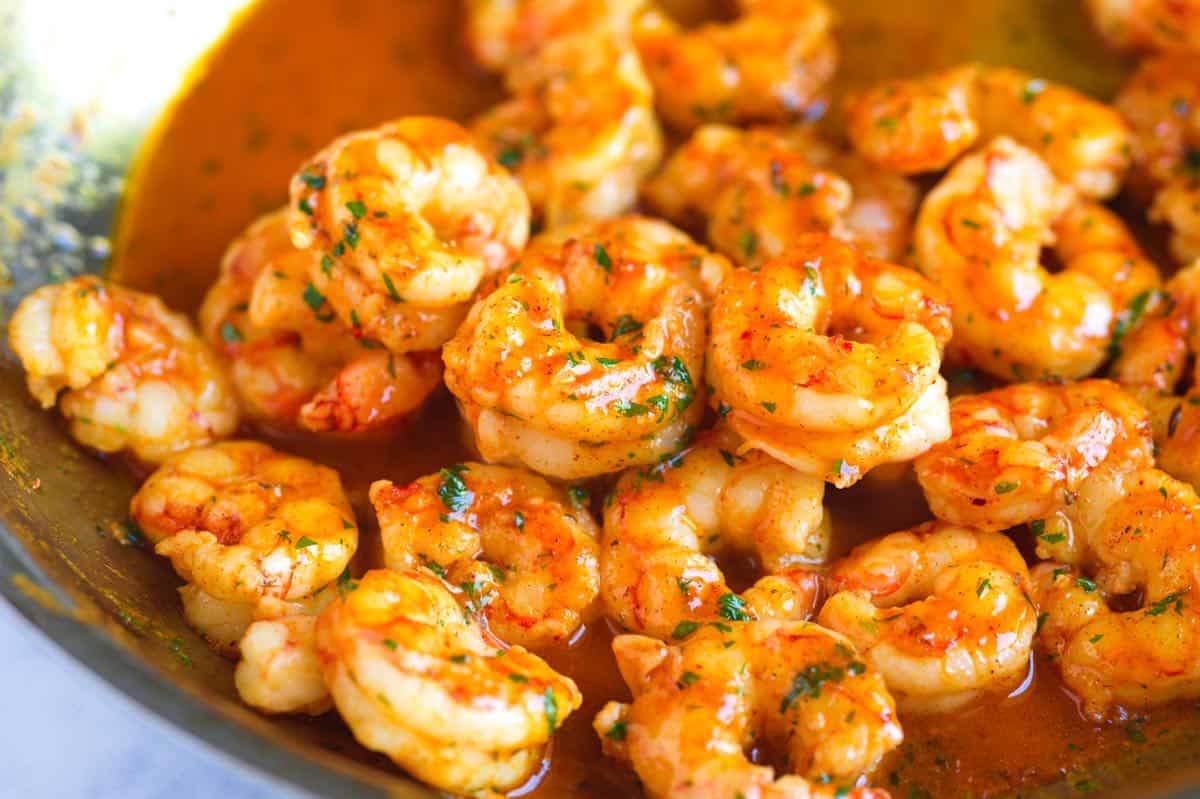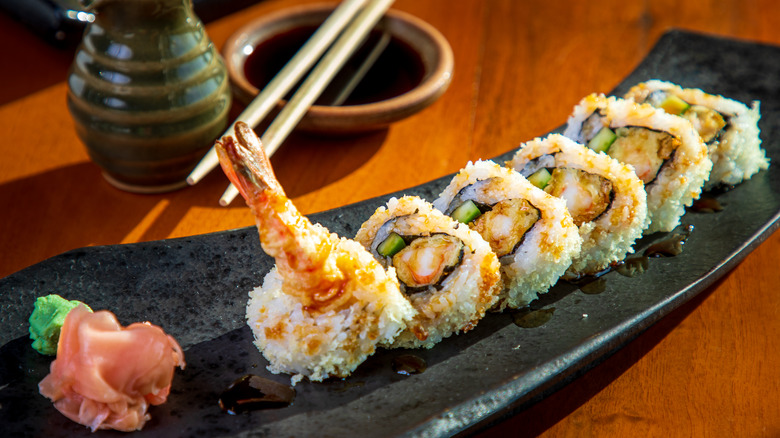Ever wondered what those crunchy bits at the end of your shrimp are actually made of? I’ve been cooking shrimp for years, and let me tell you – there’s more to these tails than meets the eye! Let’s dive deep into the world of shrimp tails and uncover their secrets.
The Basic Composition of Shrimp Tails
Shrimp tails aren’t just random shells – they’re actually pretty complex structures! Here’s what they’re mainly made of
- Chitin – This is the star of the show! It’s the main component that gives shrimp tails their sturdy structure
- Chitosan – Found in the inner areas of the shell when chitin gets treated with alkaline substances
- Proteins – These work together with chitin to create strong fibers
- Minerals – Mostly calcium carbonate that makes the shells nice and hard
The Amazing Benefits You Never Knew About
Y’all might be surprised, but shrimp tails pack some serious health perks! Here’s what these little guys can do for you:
- Support immune system function
- Help lower cholesterol levels
- Speed up wound healing
- Provide antioxidant benefits
- Add fiber to your diet
- Supply essential minerals like calcium and magnesium
The Taste Factor: What to Expect
When it comes to flavor shrimp tails bring quite a bit to the table
- Briny, ocean-like taste
- Distinct seafood aroma
- Subtle sweet notes
- Rich umami flavor
- Crunchy, satisfying texture
To Eat or Not to Eat: That’s the Question!
I get asked this ALL the time – “Should I eat the tail?” Well, here’s my take:
When to Go For It:
- Deep-fried shrimp dishes
- Tempura-style preparations
- Large shrimp with meatier tails
- When you want extra crunch and flavor
When to Skip It:
- If you have digestive sensitivities
- When the tails are too tough
- If you’re watching your calorie intake
- When serving to young children
Pro Tips for Cooking with Shrimp Tails
Here’s what I’ve learned from years of cooking these crustaceans:
-
For Stock Making
- Save those tails!
- Use high heat to brown them first
- Add aromatics for extra flavor
- Simmer for just 5 minutes
-
For Crispy Tails:
- Use high heat cooking methods
- Add plenty of oil or fat
- Season well with salt
- Cook until they turn golden brown
-
For Best Results:
- Keep shells on while cooking
- Watch cooking time carefully
- Look for the “C” shape
- Don’t overcook (2-3 minutes max)
Creative Uses for Leftover Tails
Don’t toss those tails! Here are some clever ways to use them:
- Make intensely flavored seafood stock
- Create umami-rich sauces
- Grind into seafood seasoning
- Add to compost for garden nutrients
- Make shrimp shell salt
The Science Behind Shrimp Tails
The structure of shrimp tails is pretty fascinating:
Tail Composition Breakdown:- Outer layer: Tough chitin shell- Middle layer: Protein-mineral matrix- Inner layer: Softer chitosanFinal Thoughts
After spending countless hours in the kitchen working with shrimp, I can tell ya that these tails are way more than just throwaway parts. Whether you’re team eat-the-tail or team toss-it-out, knowing what they’re made of helps you make better cooking decisions.
Remember, there’s no right or wrong choice – it’s all about what works for you! Just don’t forget that even if you’re not gonna eat them, these little guys can still add tons of flavor to your cooking.
Got any cool ways you use shrimp tails? Drop a comment below – I’d love to hear your kitchen adventures!
Cooking tip: Next time you’re making shrimp scampi, try leaving those tails on. Trust me, the flavor difference is gonna blow your mind!

Why you might want to eat shrimp tails

Shrimp tails and salmon skin are a lot alike. You can eat them, but do you really want to? Some recipes require the skin and shells to be completely removed, while others openly welcome their savory crisp. A classic example of this is in sushi. Whenever youre hit with an elongated stone plate with a shrimp tempura roll, there will most likely be a few picturesque pieces with tails poking out at the end. The shrimp inside is satisfying as-is, but engorging on the tails is an experience in itself. Shrimp tails, after properly prepped and cooked, are an appetizing element with an amazing texture and flavor. They also contain some of the best naturally-found fibers that help foster an influx of prebiotics in humans.
Chitin and chitosan effectively reduce high cholesterol levels and manage obesity rates. Between immunity elevation and the overall weight and health benefits provided by these crispy delights, its a no-brainer we should incorporate them into Western diets more. Chinese cuisine celebrates whole battered and fried shrimp, including the head, shell, and tail. Not only does it enhance the presentation of a carefully curated meal, but it also keeps the flavors in tact. And while you dont have to eat the head, it does have an insanely tasty and creamy element: the brain. But if you want to focus more on nutrients than taste (or dont enjoy eyes), you might want to stick with just the tails.
Are Shrimp Shells Edible and Healthy? Unveiling the Surprising Truth in 179 Seconds!
FAQ
What are shrimp tails composed of?
That fibrous part of the crustacean is made up of tough muscle tissue, along with chitin and chitosan, which are responsible for that hardened exterior. You may not want to bite into it, but the tail works as a built-in handle when you’re using your fingers to munch on shrimp cocktail or navigate a seafood boil.
What are shrimp shells made out of?
He explained that shrimp shells are made of minerals, proteins and chitin, and it’s the proteins that cause allergies, not the chitin. They only use the chitin – no proteins – to make the foam.
Are shrimp tails made of keratin?
Shrimp shells are composed of two main materials: chitin and keratin. Chitin is a natural polymer that is found in the shells of crustaceans, such as shrimp, crabs, and lobsters. It is a tough and durable material that provides protection to the animal’s body.
